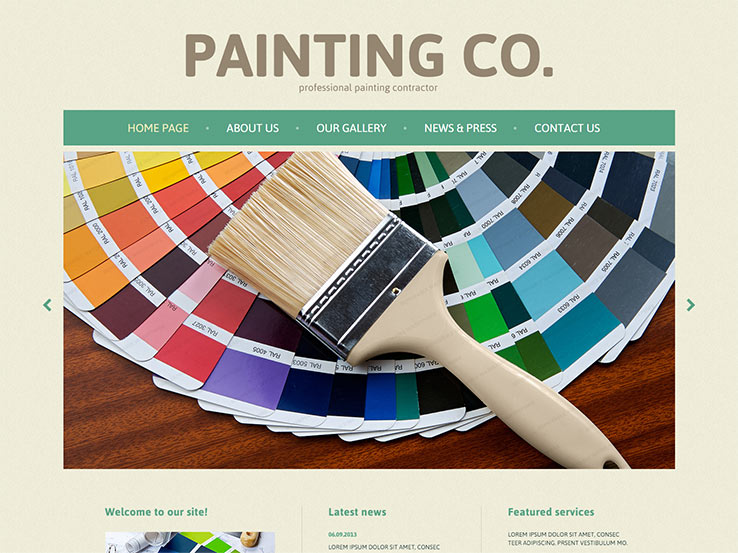Recognizing Seasonal Influences On Commercial Outside Paint: Vital Expertise For Success
Recognizing Seasonal Influences On Commercial Outside Paint: Vital Expertise For Success
Blog Article
Short Article Developed By-Leach Urquhart
When you're preparing a business exterior paint task, seasonal elements can make or break your outcomes. You'll want to consider just how temperature and humidity effect paint application and drying out times. Picking the right period can guarantee your paint sticks effectively and lasts much longer. But which periods are really the best for this kind of work? Let's check out the key elements that can impact your job's success.
The Effect of Temperature on Paint Application
When you're intending a business outside paint task, the temperature level can dramatically influence exactly how well the paint sticks and dries out.
Ideally, you wish to repaint when temperature levels vary between 50 ° F and 85 ° F. If it's also cold, the paint may not cure appropriately, causing issues like peeling off or splitting.
On the flip side, if it's too hot, the paint can dry out too promptly, avoiding correct attachment and leading to an unequal finish.
You must also think about the moment of day; early morning or late afternoon offers cooler temperature levels, which can be a lot more desirable.
Always examine the maker's referrals for the specific paint you're using, as they commonly supply advice on the perfect temperature level array for optimum results.
Moisture and Its Result on Drying Times
Temperature level isn't the only environmental variable that influences your commercial outside painting job; moisture plays a considerable role also. High humidity levels can decrease drying out times substantially, affecting the general top quality of your paint work.
When the air is filled with wetness, the paint takes longer to treat, which can lead to problems like bad bond and a higher threat of mildew growth. If you're painting on a specifically moist day, be planned for extended delay times in between coats.
It's crucial to check regional weather conditions and plan as necessary. Ideally, go for moisture degrees between 40% and 70% for optimal drying out.
Keeping these factors in mind guarantees your job stays on track and delivers a long lasting finish.
Best Seasons for Commercial Outside Paint Projects
What's the most effective season for your commercial exterior paint jobs?
Spring and early loss are generally your best options. During these periods, temperatures are mild, and humidity degrees are frequently lower, developing suitable conditions for paint application and drying.
Stay clear of summertime's intense heat, which can trigger paint to dry as well quickly, resulting in bad bond and coating. In a similar way, winter months's cool temperature levels can impede proper drying and treating, risking the long life of your paint job.
ryan painting company for days with temperatures between 50 ° F and 85 ° F for optimum outcomes. Bear in mind to inspect the regional weather report for rain, as damp conditions can ruin your job.
twin cities painters around these elements guarantees your paint task runs efficiently and lasts longer.
Verdict
To conclude, intending your industrial outside painting jobs around seasonal factors to consider can make a significant difference in the end result. By scheduling work throughout the excellent temperatures and moisture degrees, you'll ensure far better adhesion and drying out times. Remember to keep an eye on regional weather report and pick the right time of year-- springtime and early loss are your best options. Taking these steps will certainly assist you accomplish a durable and professional surface that lasts.
